Growing up, I used to drown my mom’s fluffy pancakes in a sea of Log Cabin® Syrup.
The “other” syrup, the tiny bottle of amber-hued “real” maple syrup stayed in the pantry. It was expensive, and was brought out only for the occasional recipe calling for it.
It wasn’t until I was grown and cooking on my own that I realized the two products couldn’t be more different.
When you taste it, there is no mistaking it. Pure maple syrup has a flavor profile like no other. This smooth, intensely sweet, memorable nectar from a tree is one of God’s many surprising gifts.
Unlike the “table syrup” and “waffle syrup” factory concoctions plaguing the grocery store breakfast food aisle (usually made with corn syrup and artificial flavors and colors,) pure maple syrup is a real, whole food. Very little is done to it. It’s just the sap from a tree – usually the sugar maple, red maple or black maple – collected in the spring and heated to evaporate off some water.
There’s a reason for the cost. A maple tree is usually 30 to 40 years old when it is first tapped in the spring, and it produces an average of 9 to 13 gallons of sap in a very short 4 – 8 week production season.
While maple syrup is a natural, whole food, providing some minerals like potassium, magnesium and zinc, and trace amounts of amino acids, it is, after all, mostly sucrose and water. There are 52 calories in a tablespoon of maple syrup, and 12 g of sugar. My mom was right to use it sparingly.
I no longer eat those imitation syrups, preferring to top my occasional pancake or waffle with plain yogurt or unsweetened apple sauce and a tiny drizzle of the real stuff. I also like to use maple syrup when baking, or in vinaigrette, a glaze or sauce.
If you would like to use maple syrup in place of white sugar, (and you want the maple flavor,) you can use 1 cup of maple syrup in place of 1 cup of white sugar for equivalent sweetness, but then reduce the amount of liquid in your recipe by 3 tablespoons.
If you are shopping for maple syrup, most of it comes from the Canadian province of Quebec, (responsible for three-quarters of the worlds’ supply,) and Northeastern U. S. (Vermont is the largest U.S. producer at about 5.5%.)
A new, standardized International grading system was introduced in 2014 and widely adopted in February 2015.
- Grade A (Uniform color, clean and free from cloudiness, turbidity and sediment, no off flavor)
- Golden Colour and Delicate Taste (>75% translucency)
- Amber Colour and Rich Taste (74.9 – 50% translucency)
- Dark Colour and Robust Taste (49.9 – 25% translucency)
- Very Dark Colour and Strong Taste (<25%)
- Processing Grade (Maple syrup that exhibits any of the problems mentioned earlier, cannot be sold to the consumer.)
- Substandard (syrup that cannot meet processing grade, such as no characteristic maple taste)
Maple syrup can fit into a healthy diet if used sparingly, like any other sugar. Here are some delightful maple syrup recipes from around the web that really showcase this unique whole food.
Breakfast
Coconut Milk Pancakes with Maple-Lime Syrup
Hot Quinoa Cereal with Maple Syrup Apples
Orange Pancakes with Maple-Cranberry Syrup
Lemon-Poppyseed Belgian Waffles with Blackberry Maple Syrup
Salads & Sides
Glazed Sweet Potatoes with Maple Gastrique
Spinach Apple Salad with Maple Cider Vinaigrette
Spinach Salad with Maple Dijon Vinaigrette
Roasted Sweet-and-Sour Beets, Carrots and Parsnips
Butternut Squash with Maple Syrup
Meat, Poultry & Fish
Maple-Balsamic-Glazed Pork Medallions
Roast Pork with Apples, Cabbage and Turnips
Desserts & Snacks
Maple Pecan Bars (Gluten Free)

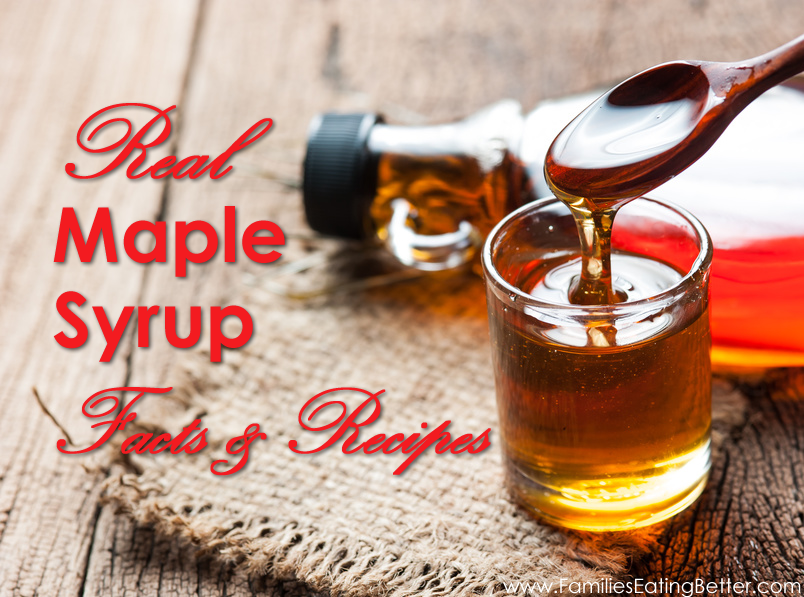
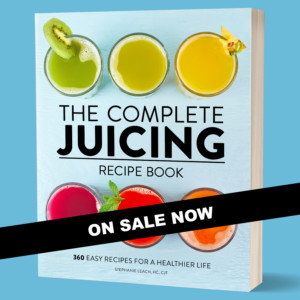

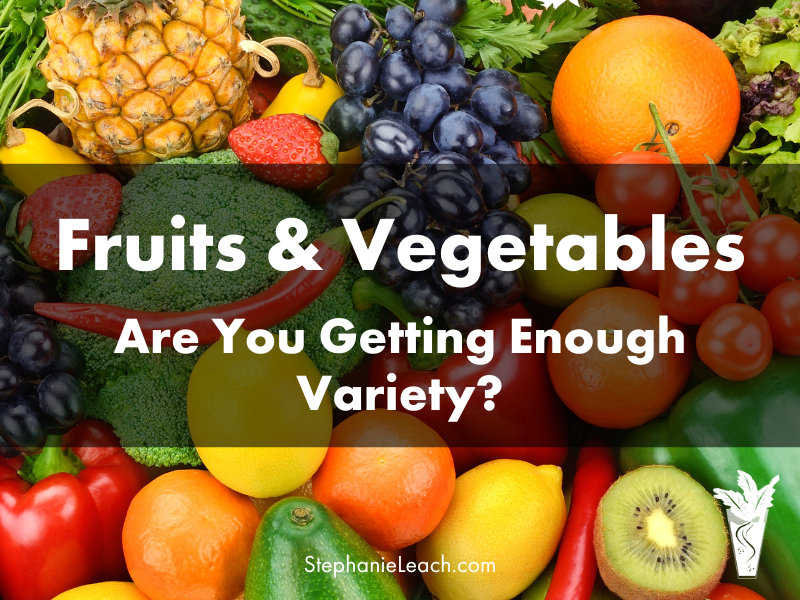
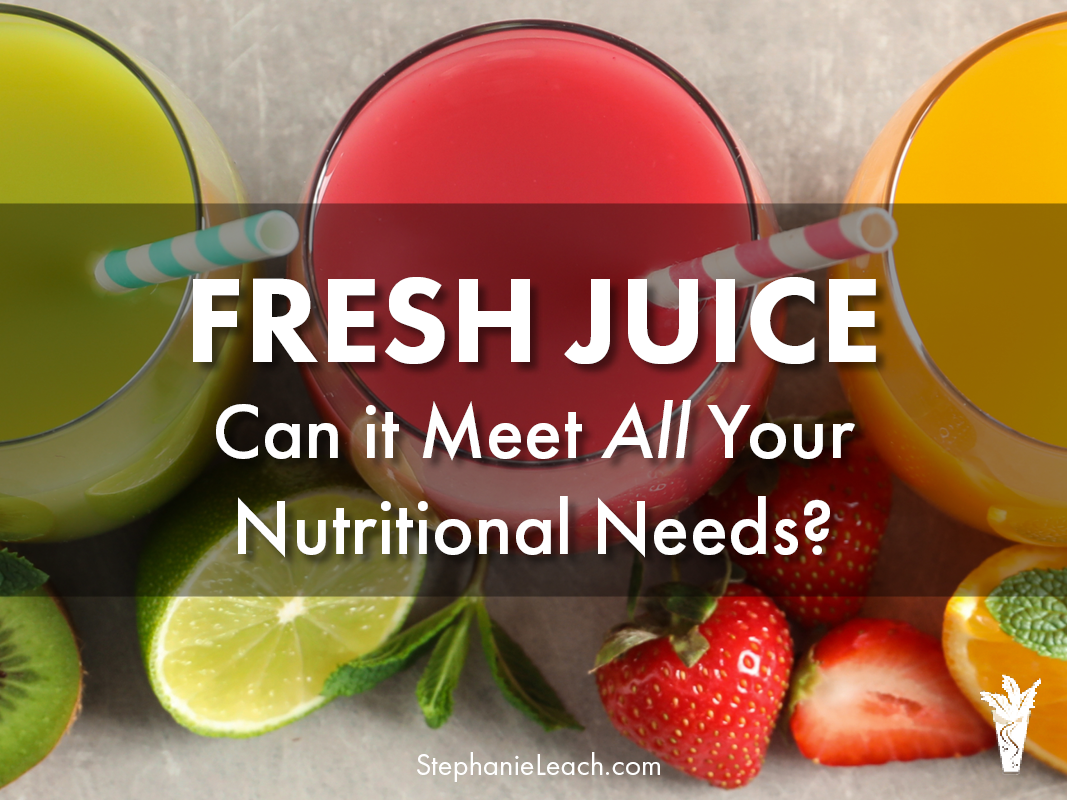
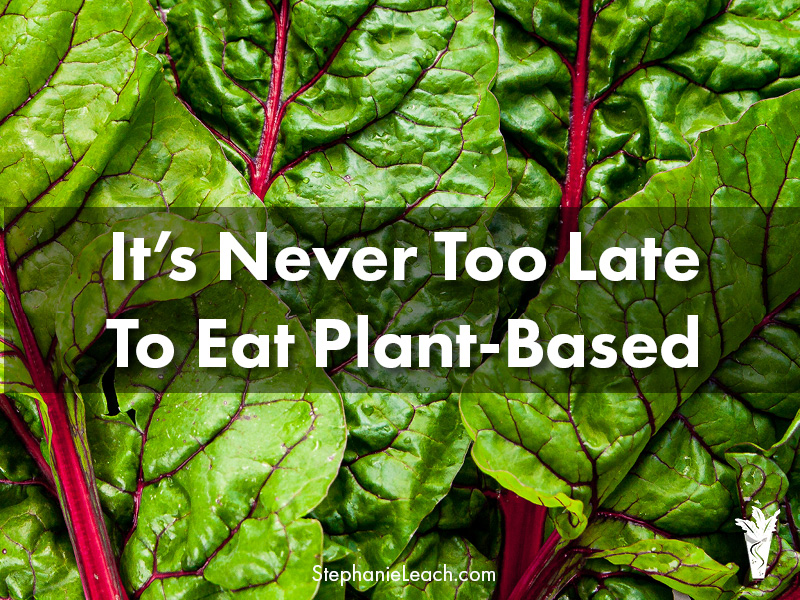
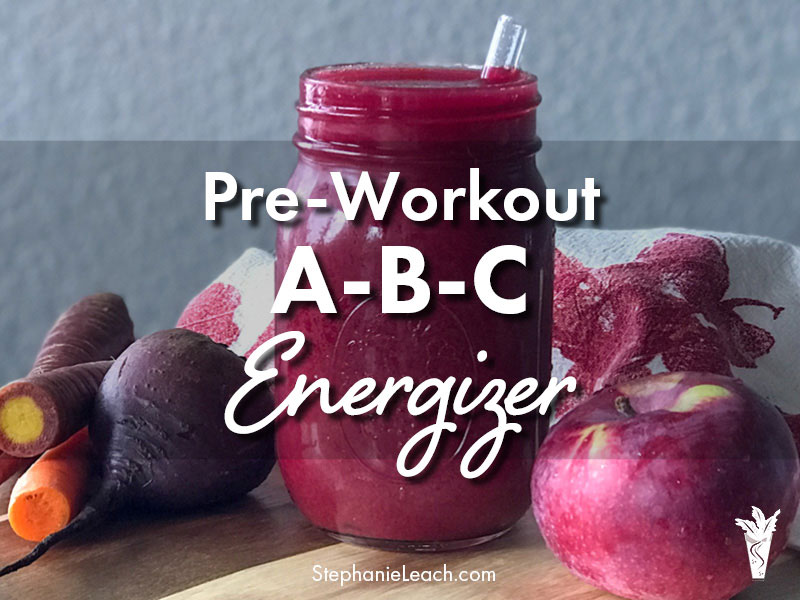

Leave A Comment